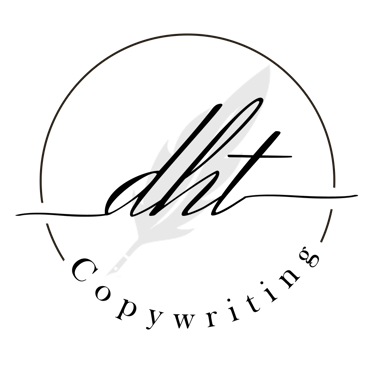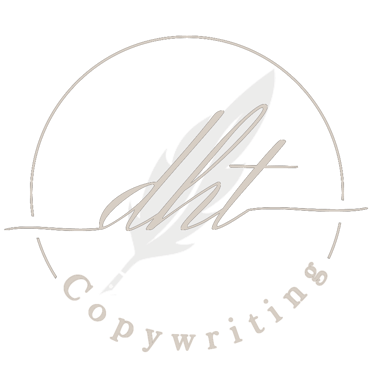The Power of Storytelling in Copywriting
In this blog post, we'll explore the role of storytelling in copywriting, and provide tips and techniques for crafting a compelling narrative in your copy.
TIPS COPYWRITINGFEATURED ON HOMEPAGE
Storytelling has been a crucial aspect of human communication since the earliest days of our species.
In the world of copywriting, harnessing the power of storytelling can be a highly effective way to capture your audience's attention, engage their emotions, and persuade them to take action.
In this blog post, we'll explore the role of storytelling in copywriting, and provide tips and techniques for crafting a compelling narrative in your copy.


Blog Content:
The importance of storytelling in copywriting
Tips for crafting a compelling narrative in your copy
How to integrate storytelling into your copywriting process
The importance of storytelling in copywriting
Storytelling is a powerful tool that helps us connect with others on a deeper level. When we hear a well-told story, we are more likely to remember it, and to be influenced by it.
In copywriting, this means that incorporating elements of storytelling into your writing can be a highly effective way to engage your audience and persuade them to take action.
But what does that mean? There are countless examples of successful storytelling in copywriting, but here are a few examples to illustrate the power of this approach:
Nike's "Just Do It" campaign: Nike's iconic slogan is a prime example of how a simple, straightforward story can be highly effective. The phrase "Just Do It" inspires readers to take action, and the accompanying images of athletes pushing themselves to the limit help to drive home the message.
Dove's "Real Beauty" campaign: Dove's "Real Beauty" campaign used storytelling to great effect by featuring real women of all shapes and sizes in their advertisements. By sharing the stories of these women, Dove was able to connect with its audience on a deeper level and challenge traditional notions of beauty.
Tips for crafting a compelling narrative in your copy
There are many ways to incorporate storytelling into your copywriting, but here are a few tips to get you started:
Start with a strong hook: The opening lines of your copy are crucial for grabbing your reader's attention. Consider using a provocative question, a surprising statistic, or a vivid anecdote to draw your audience in.
Use descriptive language: One of the key elements of storytelling is the use of descriptive language that helps the reader visualize and experience the events of the story. Use sensory details and vivid adjectives to help your readers feel like they are right there with you.
Create a clear obstacle: An obstacle is an essential element of any good story because it helps to keep the reader engaged and invested in the outcome. It can take many forms, such as an external challenge that the main character (relative to your target audience) must overcome, an internal struggle that they must resolve, or a clash of ideas or values.
For example, you could create an obstacle through an internal struggle; the main character's struggle to overcome a lack of motivation or a lack of self-discipline. By presenting this struggle and showing how the main character finds the motivation and discipline to overcome it, you can create a compelling narrative that resonates with your readers that not only keeps them engaged, but inspires them as well.
Read here on the different types of storytelling you can use for your copy!
How to integrate storytelling into your copywriting process
Now that you understand the importance of storytelling in copywriting and have some tips for crafting a compelling narrative, you might be wondering how to integrate this approach into your copywriting process.
Here are a few steps to get you started:
Start by brainstorming ideas for stories that could be relevant to your audience and your brand. Look for inspiration in your own experiences, as well as in the experiences of your customers.
As you write, focus on using descriptive language and creating a clear obstacle to keep your readers engaged and invested in the story.
Use the tips and techniques outlined above to craft a strong hook and build a compelling narrative.
Edit and revise your copy to ensure that the story is clear, concise, and well-told.
Conclusion
In conclusion, incorporating elements of storytelling into your copywriting can be a highly effective way to engage your audience, persuade them to take action, and leave a lasting impression.
By using descriptive language, creating a clear conflict, and crafting a compelling narrative, you can effectively use storytelling to enhance your copywriting and connect with your readers on a deeper level.
So the next time you sit down to write, consider how you can use the power of storytelling to make your message more memorable and impactful.


